
CE Certification for Radio Equipment
Introduction to CE certification for Radio Equipment (RED Directive)
The European Commission has incorporated the new Radio Equipment Directive 2014/53/EU (RED) into the new legislative framework. Compared to the Radio and Telecommunications Terminal Equipment Directive (R&TTE), the new Radio Equipment Directive 2014/53/EU (RED) provides clearer regULations. Due to the rapid development of communication equipment and some unclear regulations in the R&TTE Directive 1999/5/EC, the European Commission issued a new directive in 2014.
The new Radio Equipment Directive 2014/53/EU (RED) came into effect on June 13, 2016. There is a one-year transition period before the complete abolition of the R&TTE Directive 1999/5/EC.
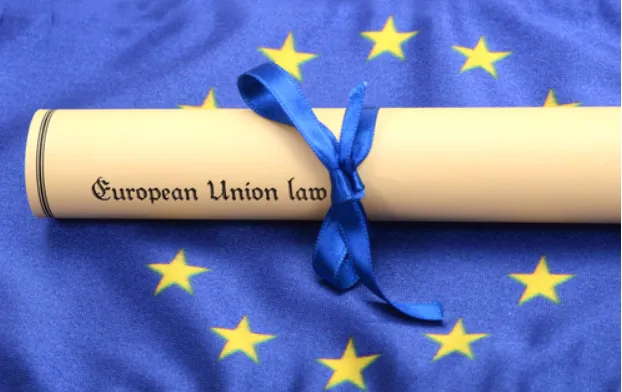
The new Radio Equipment (RED Directive) eliminates the R&TTE marking. From June 13, 2017, manufacturers need to adopt the new CE certification RED Directive. The CE certification RED Directive only applies to radio equipment and no longer applies to telecommunications terminal products (TTE). The CE certification RED Directive stipulates that the frequency range of radio equipment is changed from the original 9KHz-3000GHz to 0-3000GHz, removing the lower limit. This change is expected to promote the issuance of harmonized standards by ETSI and the definition of frequency allocation by ECO (European Communications Office). The CE certification RED Directive adds broadcast TV receivers. The CE certification RED Directive specifically includes "radio location equipment" that uses the propagation characteristics of radio waves to determine location, such as radar. Wired communication terminal products without radio functions will not be governed by the CE certification RED Directive. Many updated standards involve Wi-Fi, Bluetooth, and short-range communication devices, and propose corresponding updates to test reports and R&D designs. The assessment of RE equipment must be conducted in at least one EU country; otherwise, it cannot bear the CE mark. Products not sold in the EU cannot bear the CE mark.
Main Requirements of the Radio Equipment RED Directive (2014/53/EU)
The Radio Equipment RED Directive (2014/53/EU) consists of three main requirements:
1. Safety (Article 3.1a): Directly refers to the LVD (2006/95/EC) Directive.
2. EMC (Article 3.1b): Essentially equivalent to the EMC (2004/108/EC) Directive, with test standards being the ETSI EN 301489 series.
3. Spectrum (Article 3.2): Requirements for efficient use of the spectrum, with test standards varying according to different product categories, frequency bands, and radio technologies, such as ETSI EN300328, EN300440, EN301357, and EN300220.
Scope of the RED Directive
The new directive covers all radio equipment with an operating frequency below 3000 GHz, including short-range communication devices, broadband devices, and mobile communication devices. Examples include: 27.145 MHz radio-controlled toys, 433.92 MHz remote controllers, 2.4 GHz Bluetooth ovens, and 2.4 GHz/5 GHz WIFI devices and mobile phones.
On March 9, 2018, the Official Journal of the European Union (OJ) published three new Radio Equipment Directive (RED) standards:
1. EN 300 674-2-2 V2.1.1: On-board units for transportation and traffic information communication equipment, dedicated short-range communication transmission equipment operating in the 5795MHz to 5815MHz frequency band, harmonized standard covering the basic requirements of Article 3.2 of Directive 2014/53/EU.
2. EN 300 718-2 V2.1.1: Avalanche beacon transceiver systems operating at 457kHz, harmonized standard for emergency service function equipment.
3. EN 302 054 V2.2.1: Meteorological aids, radio stations in the 400.15MHz to 406MHz frequency range and up to 200mW power range, harmonized standard for radio spectrum access equipment.
Differences between the R&TTE Directive and the RED Directive
1. Product Scope: The R&TTE Directive applies to both radio and telecommunications terminal equipment; the RED Directive only applies to radio equipment, including radio communications and radio detection equipment such as radar, RF identification (RFID), mobile detection, speed measurement devices, and radio receivers and broadcast receivers. The RED Directive does not apply to telecommunications terminal equipment (TTE), which will be assessed using the EMC Directive and low voltage directive (LVD).
2. Frequency Range: The R&TTE Directive covers a frequency range of 9 kHz to 3000 GHz; the RED Directive covers a frequency range below 3000 GHz with no lower limit.
Assessing Compliance with the RED Directive
Manufacturers and importers can ensure that their products or product ranges comply with the directive's essential requirements through three methods, two of which require the intervention of notified bodies:
1. **Module A: Internal Production Control**: The manufacturer drafts technical documentation (must include proof of compliance with relevant product standards), performs internal production control, and issues a declaration of conformity. This module is only available if the product has fully passed harmonized standard testing.
2. **Module B + C: EU-Type Examination (B) and Conformity Based on Internal Production Control (C)**: These modules have the same requirements for manufacturers as Module A but require a notified body to review the technical documentation and issue an EU-type examination certificate for the products involved. These modules must be used to introduce all products that have not been fully tested into the EU market. They can also be voluntarily used for products that have passed harmonized standard testing. Regardless, they can only be used for conformity assessment of product types.
3. **Module H: Full Quality Assurance**: The manufacturer implements and manages a quality system that covers the design, testing, and manufacturing processes of radio equipment, which is then evaluated, certified, and monitored by a notified body through regular audits of the manufacturing plant. This module allows for conformity testing of the entire product range and can even test multiple different product ranges for conformity and allows the notified body number to be displayed next to the CE mark on the product.
New RED Directive Conformity Procedures
1. **Manufacturer DOC + Internal Production Control (according to RED Directive Annex II)**: If harmonized standards are fully used, a notified body certificate is not required. The manufacturer is responsible for technical documentation, internal production control, and ce marking.
2. **Notified Body Type Examination Certificate + Internal Production Control (according to Directive Annex III procedures)**: The notified body issues a certificate, but the manufacturer is still responsible for the product's technical documentation and production control and affixes the CE mark. Under the Annex III conformity procedure, the manufacturer cannot use the notified body's code on the product.
3. **Sign a Full Quality Assurance Agreement with the Notified Body (according to Directive Annex IV procedures)**: The notified body audits the entire quality assurance process of the manufacturer, reviews the technical documentation, including CE marking and self-declaration, and issues a quality certification certificate. Only when using this conformity procedure can the manufacturer display the notified body code on the product.
Scope of Radio Equipment Product Certification
1. Short-range wireless remote control products (SRD): For example, remote control toy cars, remote control alarm systems, remote control doorbells, remote control switches, remote control MICe, keyboards, etc.
2. Professional wireless remote control products (PMR): For example, professional wireless walkie-talkies, wireless microphones, etc.
3. Wireless phones CTO, CT1, CT1+;
4. ISDN (digital telephone products);
5. DECT (enhanced digital cordless telephone);
6. Mobile phones GSM, CDMA testing;
7. Bluetooth products: For example, Bluetooth headsets;
8. Inductive data transmission equipment with a working frequency <9 kHz;
9. Wireless broadcast receiver equipment.
Radio Equipment Directive does not apply to
1. Radio equipment used by amateur radio operators;
2. Marine equipment (see Directive 2014/90 / EU);
3. Airborne products, parts, and appliances (see Regulation (EC) No 216/2008);
4. Custom-built evaluation kits;
5. Radio equipment used for public safety, defense, and national security.
Testing Items for RED Directive
1. Electromagnetic compatibility testing (emc testing);
2. Safety testing LVD (in the new directive, RF products powered by batteries are also required to undergo this testing);
3. Radio communication equipment testing according to European ETSI standards (RF testing);
4. Notification of spectrum information allowed in Europe (Notification);
5. CTR (TBR) testing;
6. Electrical safety and health protection testing (SAR evaluation).
Cost of Radio Equipment RED Certification
The cost depends on the following factors:
1. Whether a notified body certificate is required;
2. Whether the product needs rectification;
3. Whether the product needs expedited processing.
Radio Equipment RED Certification Cycle
Cycle: 2-3 weeks.
Documentation Required for Radio Equipment RED Certification
1. English instruction manual;
2. Product circuit schematic, block diagram, and part layout diagram;
3. PCB layout;
4. Bill of materials;
5. Description of circuit working principles;
6. Other required documents.
CE-RED Certification Process
1. Fill out the Fanglue Testing application form;
2. Provide product documentation;
3. Send samples;
4. Test OK;
5. Issue report.
Special Considerations for RED
1. In the RED, the defined "Manufacturer" is the Certificate holder. For RED, the definition of Manufacturer is:
- Brand Owner;
- ODM, which designs and manufactures products for the brand owner.
When the brand owner commissions an ODM to design and manufacture products, both parties need to coordinate who will be the manufacturer, which can be either the brand owner or the ODM. In such cases, please be sure to confirm with the customer, as the Manufacturer’s information will appear on the RED application and RED certificate.
2. Special note: When ce red products are shipped, the label must include the name and address of the importer. (If the importer has not been found during certification, the importer’s name and address do not need to be included, but must be included when shipping. If the label cannot fit, it can be included in the instruction manual or on the packaging box.)
3. Manufacturers not located in Europe, using their brand to sell through importers into the European market, whether or not they have found an importer or have multiple importers, can still obtain RED certificates. The following explains two situations:
1. The manufacturer is not in the EU and imports into the EU market through multiple importers. If you sell to part of the EU region through importer A and to other regions through importer B, the importer information on the goods shipped to importer A can only be that of importer A and cannot include both importer A and B. That is, the importer information on the goods can only have one importer. If there is an issue with the goods during market sampling, the authority will only contact importer A, not importer B. The label of the products shipped to importer A should indicate the company name and contact address of the manufacturer and importer A. Similarly, the label of the products shipped to importer B should indicate the company name and contact address of the manufacturer and importer B.
2. The manufacturer is not in the EU and has not yet found an importer. The label on the product should indicate the manufacturer’s company name, registered trademark, and contact address. The address can be outside the EU as the importer has not been found. Therefore, the importer’s information can be omitted from the product label.
Email:hello@jjrlab.com
Write your message here and send it to us
 Energy Storage Battery Brazil Inmetro Certificatio
Energy Storage Battery Brazil Inmetro Certificatio
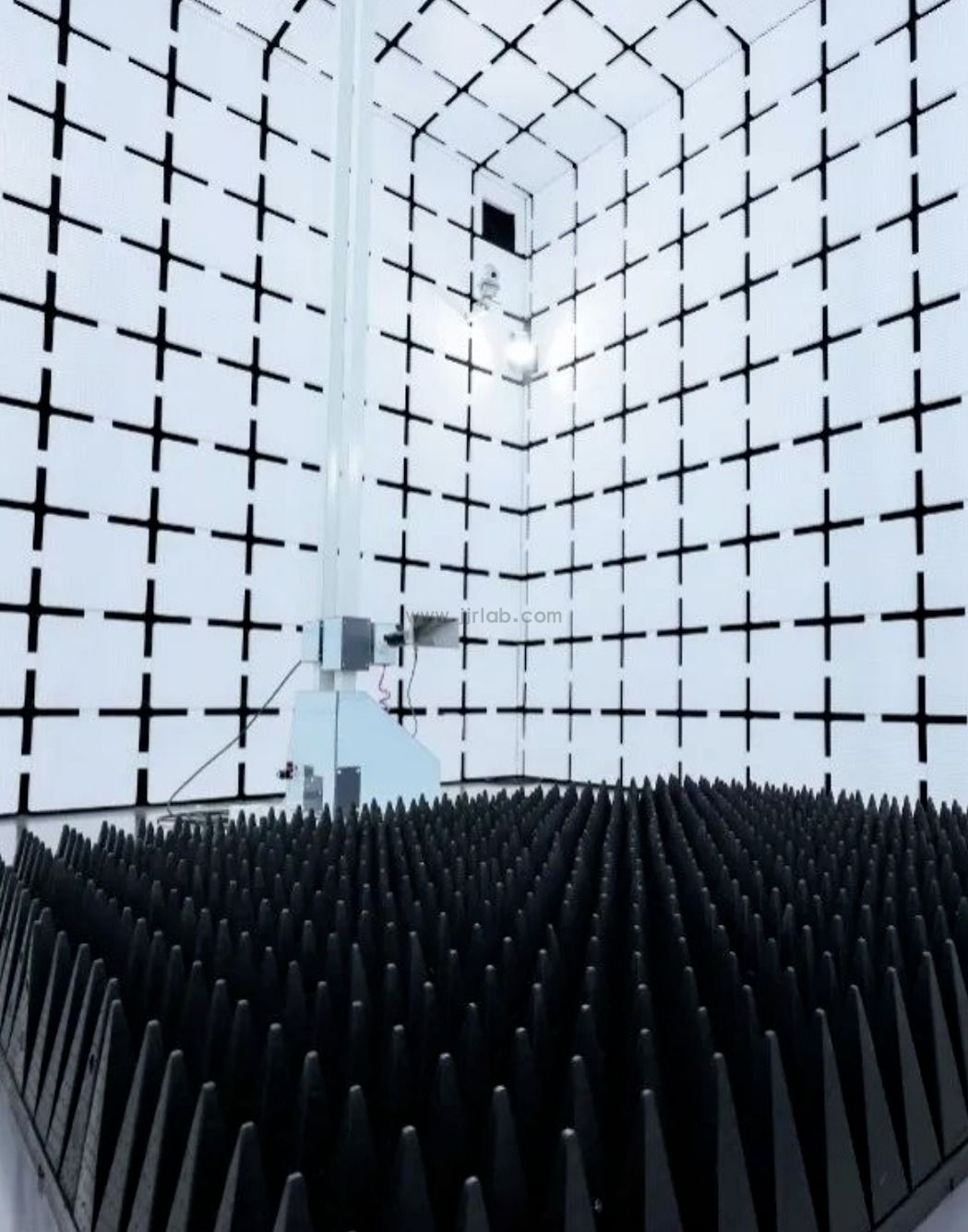 Southeast Asia Compliance Requirements for EV Char
Southeast Asia Compliance Requirements for EV Char
 Brazil ANATEL & INMETRO Certification Guide
Brazil ANATEL & INMETRO Certification Guide
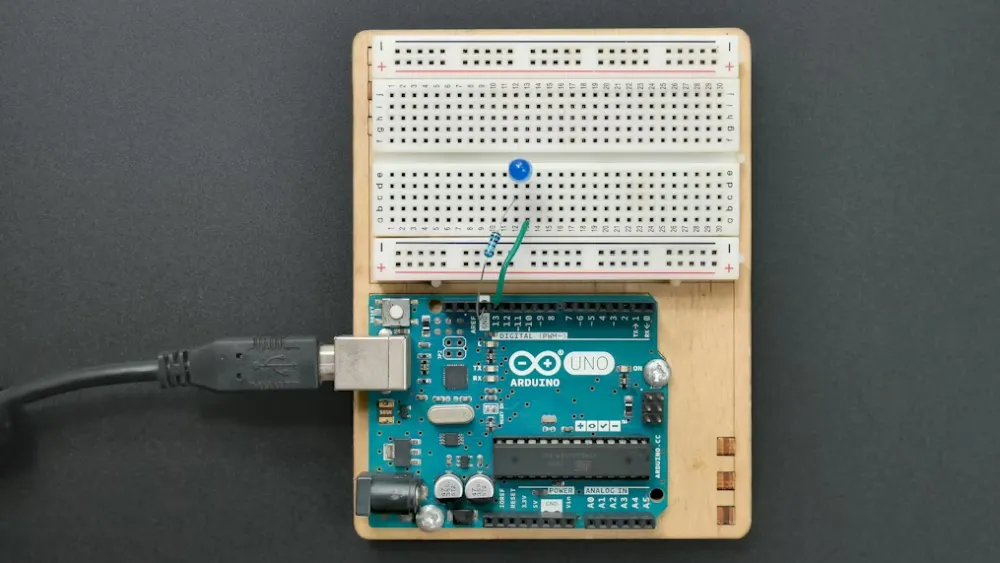 Automotive-Grade Active Crystal AEC-Q200 Certifica
Automotive-Grade Active Crystal AEC-Q200 Certifica
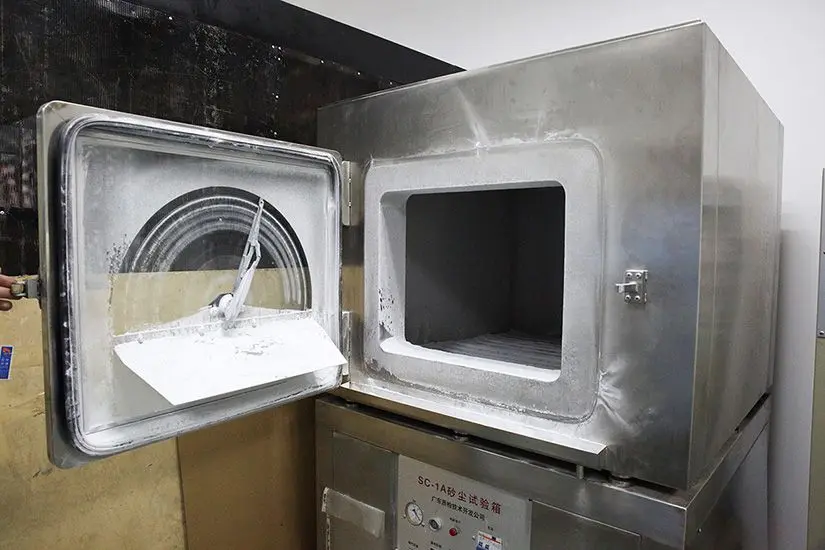 How to Comply with EU GPSR
How to Comply with EU GPSR
 U.S Cosmetics Require FDA Registration for Customs
U.S Cosmetics Require FDA Registration for Customs
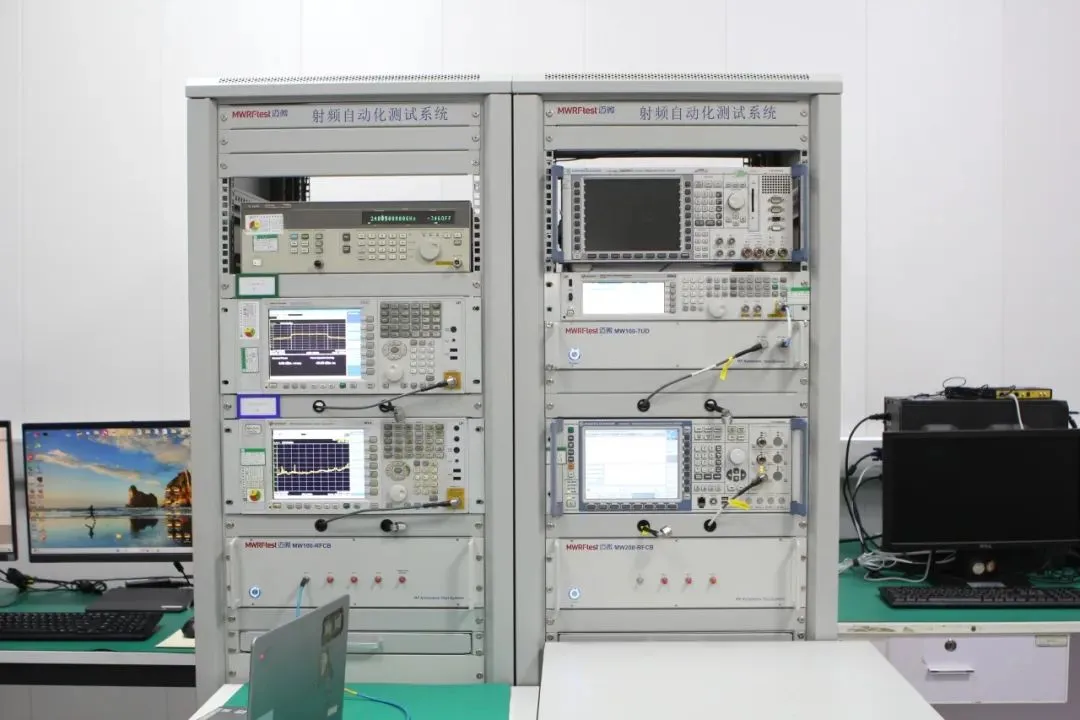 Interpretation of IEC/EN/AS 62477-1:2022 Standard
Interpretation of IEC/EN/AS 62477-1:2022 Standard
 What is Amazon TIC and How Can Sellers Achieve Com
What is Amazon TIC and How Can Sellers Achieve Com
Leave us a message
24-hour online customer service at any time to respond, so that you worry!




